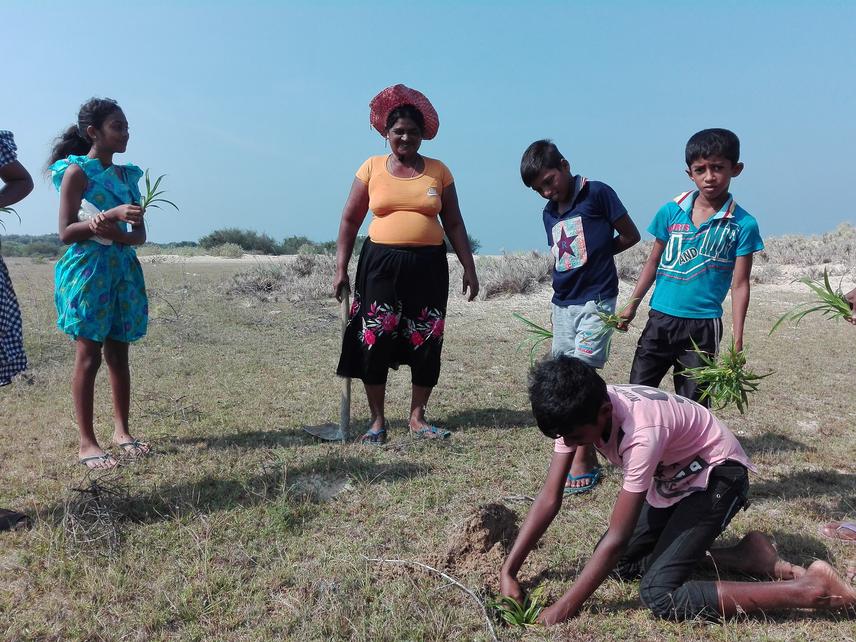E. M. Lalith Ekanayake
Other projects
11 Nov 2013
Conduction of Awareness Programmes on Sea Turtles and Coastal Biodiversity Conservation for the Coastal Communities in Southern and Eastern Coast of Sri Lanka
21 Sep 2015
Conduction of Awareness Programmes on Sea Turtles and Coastal Biodiversity Conservation for the Coastal Communities in Northwestern Coast of Sri Lanka
9 Jan 2017
Continuation of the Sea Turtles and Coastal Biodiversity Conservation in Kalpitiya Peninsular of Sri Lanka
13 Feb 2020
Continuation of the Sea Turtles & Coastal Biodiversity Conservation in Kalpitiya Peninsula, Sri Lanka
The project aims to increase the education and awareness on importance of sea turtle & coastal biodiversity conservation among the fisheries communities at Kalpitiya peninsula including inhabited small islands. The community knowledge will be increased on sustainable use of surrounding natural coastal resources. Moreover, it aims to reduce the turtle by-catch, dolphin killing and illegal fishing activities destructive to the coastal biodiversity in the area. Field conservation activities will be promote among the coastal community & educate to reduce use of polythene & plastics which is hazards to sea turtle and coastal biodiversity. Furthermore, it aims to increase the availability of educational materials and newspaper articles on sea turtles and coastal ecosystem in Sri Lanka.

Kalpitiya peninsula located in Gulf of Mannar which one side is sea and other side is Puttlam Lagoon. It is a biodiversity rich area including sea turtles and other marine mega fauna such as dolphins, whales & dugongs. Moreover, various habitats such as coral reefs, seagrasses and also largest mangrove coverage in Sri Lanka. Bar reef home to 156 species of coral and 283 species of fish. Both sea and lagoon fishing is the major industry in the area. Foraging sea turtles are entering to the lagoon and swim long distance inside. They often get entangled in the sea and lagoon causing damage for each entanglement for fishing nets. In response, fishers either beat the turtles’ heads until they are rendered unconscious, or hack off the turtles’ body parts to make disentanglement easier. Fishermen are highly contributing to destruct sea turtles and almost all the coastal biodiversity in the area. Many people are having low income while few earning more. During the previous two Rufford grants we have conducted several programmes and field conservation activities to minimize this destructions in the Kalpitiya peninsula. However, the area is very large and still some villages remaining to cover in Kalpitiya peninsula, adjacent mainland and nearby inhabited small islands. It is important to complete the awareness programs in the remaining areas.
So it is planning to complete the awareness programmes in the whole Kalpitiya peninsula. Especially fishers living in remote islands from mainland will be educated to release by-catch sea turtles and conservation of coastal biodiversity. In our previous projects it was experienced that fisheries communities actively participated for field activities such as beach cleaning. We will be used these activities to spread our sea turtle and coastal biodiversity conservation message as well as reduce plastic & polythene pollution. School children and local fishermen will be the target group of this programmes while we will meet many early school leavers in remote areas.